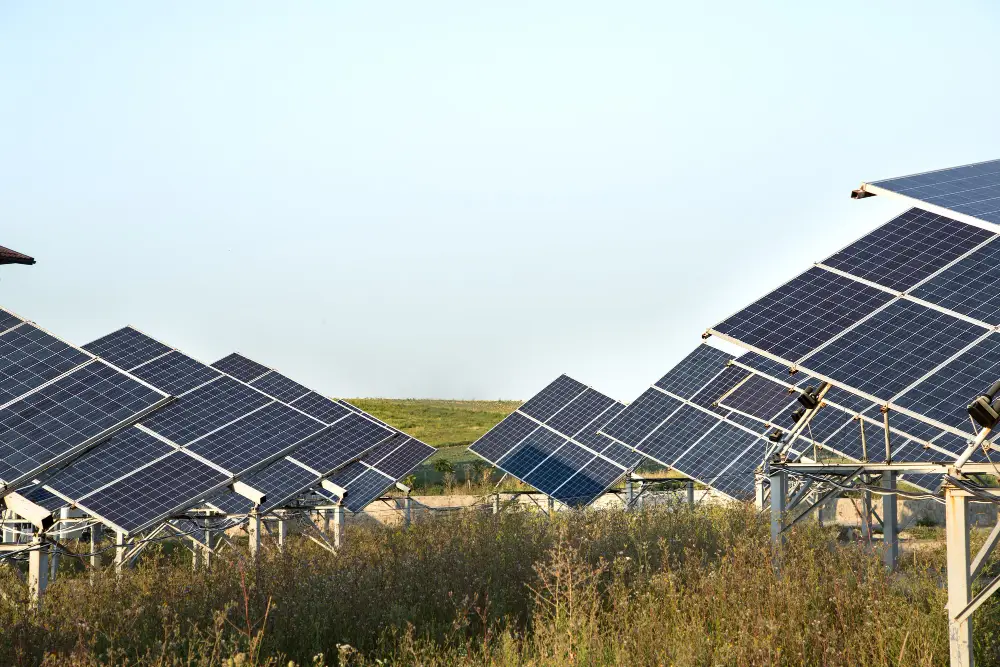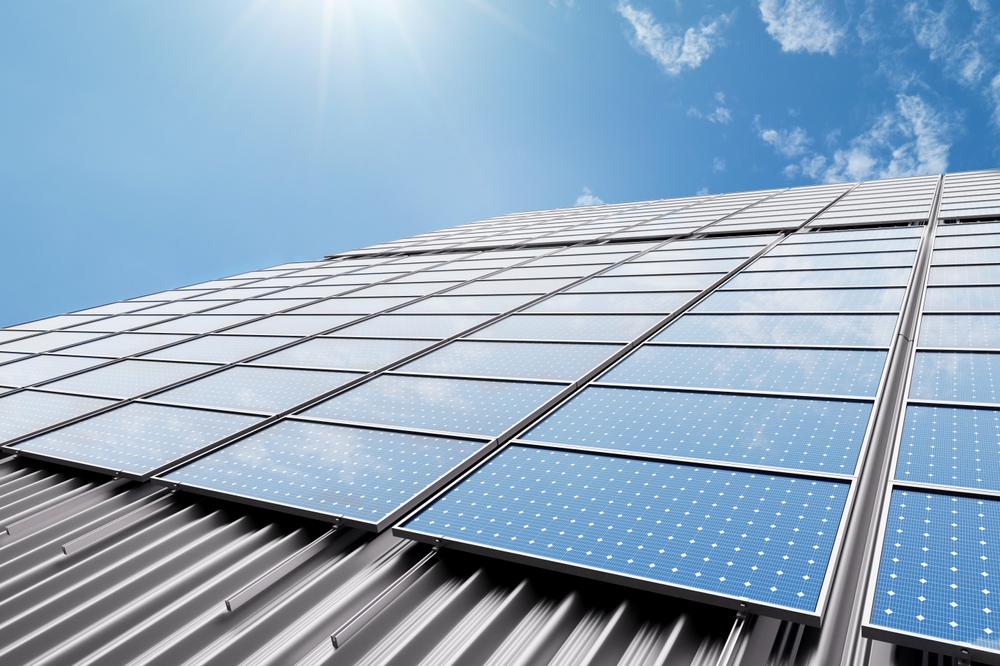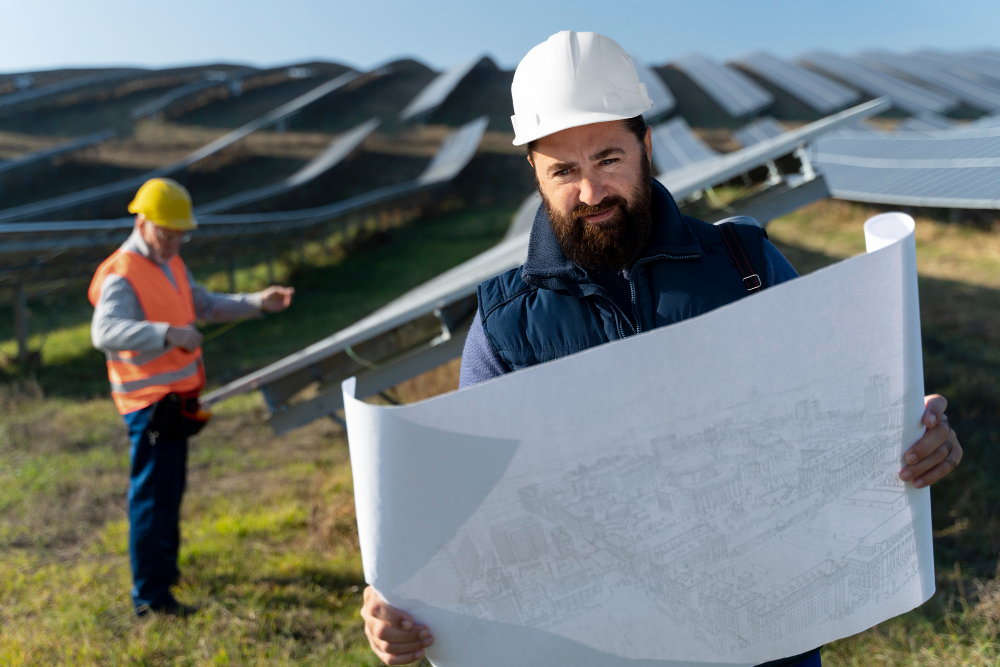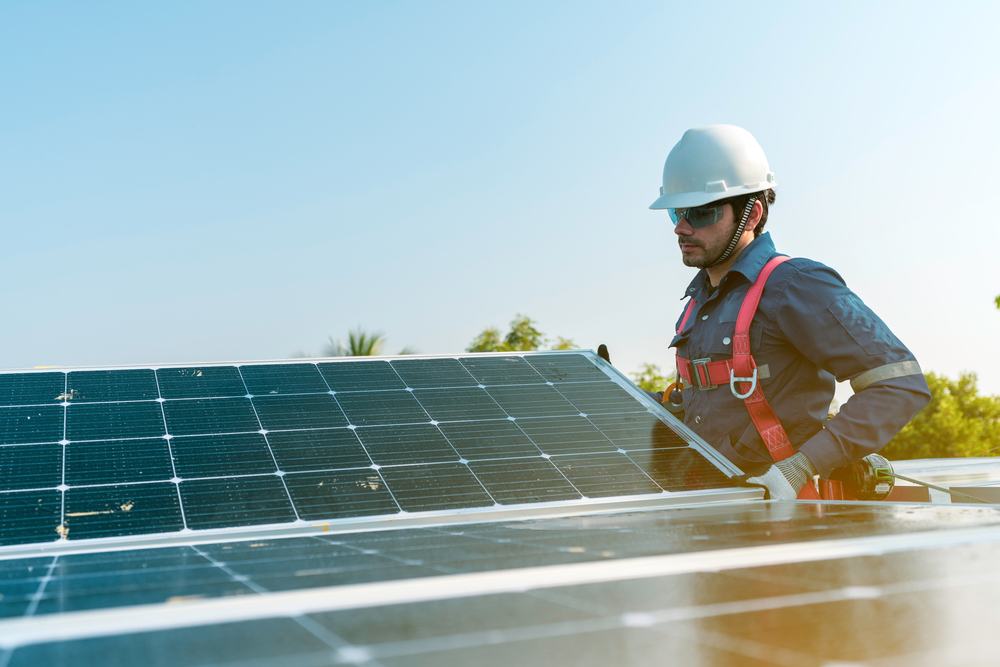Solar panel inverter is a significant component of any solar system. The adoption of solar systems is widely increasing. Educating people with the right knowledge and awareness about solar systems can attract more people toward this greener and cleaner energy resource. This can bring a huge change to our society. We can upbring a community who is committed to sustainable practices and way of living.
Understanding the types and functions of solar inverters can help homeowners make informed decisions about their solar installations, ensuring they choose the
best solar system in Kerala for their needs.
What is a Solar Panel Inverter?
A solar panel inverter is an essential device in a solar energy system that converts the direct current (DC) electricity generated by solar panels into alternating current (AC) electricity, which is used by most household appliances.
Types of Solar Panel Inverters
Three types of solar panel inverters are majorly used.
String Inverters
These are the most common and cost-effective type of inverter. They handle the DC output from a string (series) of solar panels and convert it into a single AC output. String inverters are a good choice for most residential and small commercial solar systems.
Imagine a string solar inverter as a central hub for your solar panels. It connects several panels in a series (like a chain), collects the power they generate, and converts it from DC to AC, the type of electricity we use in our homes. If you're connected to the grid, this inverter also sends the extra power back to the grid.
Features of String inverters
Centralized Location: These inverters are usually installed separately from the solar panels.
Efficiency: They often use smart technology to maximize the power you get from your panels. However, if one panel in the group is shaded or broken, it can reduce the output of the entire group.
Cost: String inverters are generally more affordable and easier to install than other types of inverters.
Pros and Cons Of String Inverters
Pros:
- Save Money: They are less expensive to install, which is great for those on a budget.
- Easy to Install and Maintain: They are simpler to set up and keep running.
Cons:
- Sensitive to Shading: If even one panel in the group is shaded, it can significantly lower the overall power output.
- Limited Monitoring: You might not get as much detailed information about the performance of each panel.
String inverters are a popular choice for many solar installations, especially when cost is a major factor and shading isn't a big concern. They efficiently convert solar power into usable electricity, making them a valuable part of many solar energy systems.
Microinverters
Microinverters are attached to each individual solar panel. They convert the DC output of each panel directly into AC electricity. This offers several advantages, such as increased efficiency, better shade tolerance, and more granular system monitoring. However, microinverters are typically more expensive than string inverters.
Features of Micro inverters
- Individual Panel Optimization: Each micro inverter operates independently, meaning that the performance of one panel does not affect the others. This is particularly beneficial in scenarios where some panels may be shaded or dirty, as it maximizes the overall energy output of the system.
- Maximum Power Point Tracking (MPPT): Microinverters utilize MPPT technology to optimize the energy production from each panel based on real-time conditions. This ensures that each panel operates at its peak efficiency regardless of variations in sunlight exposure or temperature.
- Enhanced Monitoring Capabilities: Many microinverter systems come with integrated monitoring features that allow users to track the performance of each individual panel. This capability helps quickly identify issues and facilitates maintenance.
Advantages of Microinverters
- Increased Energy Production: By allowing each panel to function independently, microinverters can significantly boost the total energy yield of a solar installation, especially in complex layouts or areas with shading.
- Improved Reliability: The modular nature of microinverters means that if one fails, only the output from that specific panel is affected, while the rest of the system continues to operate. This reduces the risk of total system failure compared to string inverters.
- Flexibility in Installation: Microinverters provide greater flexibility for solar panel arrangements since they do not require all panels to be oriented in the same direction or connected in a specific sequence. This makes them suitable for roofs with complex designs.
- Safety Features: Operating at lower DC voltages reduces the risk of electrical hazards during installation and maintenance. Additionally, microinverters can enhance fire safety by minimizing high-voltage DC circuits.
Despite their advantages, microinverters tend to be more expensive than traditional string inverters due to the higher number of devices required (one per panel). However, many homeowners find that the increased efficiency and reliability can offset these initial costs over time.
Power Optimizers
Power optimizers, like microinverters, are devices that are attached to individual solar panels. However, they don't convert the DC output directly into AC. Instead, they optimize the DC power from each panel before sending it to a central string inverter. This can improve system efficiency and performance, especially in systems with shading or mismatched panels.
Functions of Solar Panel Inverters
In addition to converting DC to AC electricity, solar panel inverters perform several other important functions:
- Maximizing Energy Production: Inverters use Maximum Power Point Tracking (MPPT) to optimize the amount of energy produced by the solar panels. MPPT ensures that the inverter operates at the voltage and current that will generate the most power from the panels under varying conditions.
- Ensuring Safety: Inverters include safety features such as ground fault protection, arc fault detection, and overcurrent protection. These features help to prevent electrical hazards and protect your solar system.
- Monitoring System Performance: Inverters can monitor and track the performance of your solar system. This data can be used to identify any issues with the system and ensure it is operating efficiently.
How to Choose the Right Inverter for Your Solar System ?
When choosing a solar panel inverter for your system, consider the following factors:
- System Size: The size of your inverter needs to be compatible with the total DC output of your solar panels.
- Budget: String inverters are generally the most affordable option, while microinverters and power optimizers are more expensive.
- Specific Needs: Consider factors such as shade on your roof, roof size limitations, and your desire for system monitoring capabilities.
For expert advice and to ensure you get the right inverter for your needs, consult with
India's no 1 solar company. They can help you design a solar system that meets your energy requirements and budget.
Choosing a high-quality solar panel inverter is essential for the optimal performance and longevity of your solar energy system. Best solar panel company in Kerala can promise you several benefits:
- Expertise: Reputable solar companies have the knowledge and experience to recommend the right inverter for your specific needs
. - Quality Products: They source high-quality inverters from reliable manufacturers.
- Proper Installation: Ensure your inverter is installed correctly to optimize system performance and safety.
Conclusion
Solar panel inverters are a vital component of any solar power system. Understanding the different types of inverters and their functions will help you to make decisions when designing your solar system. By approaching a reputable
solar panel company in Kerala, you can ensure you get the right inverter for your needs. It can also help you with maximizing the benefits of your solar investment.




